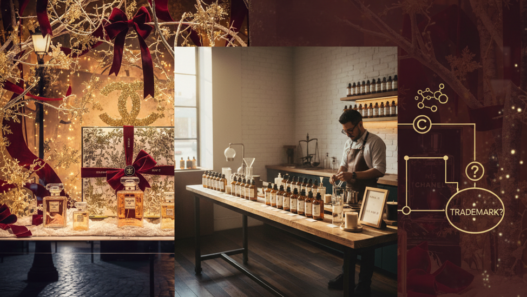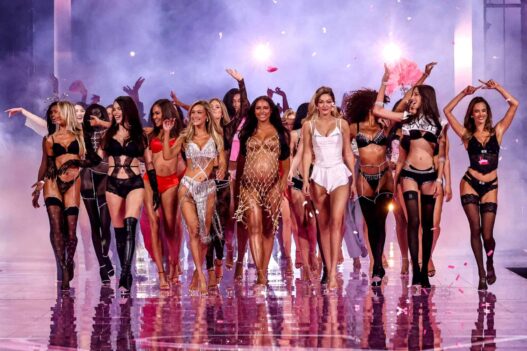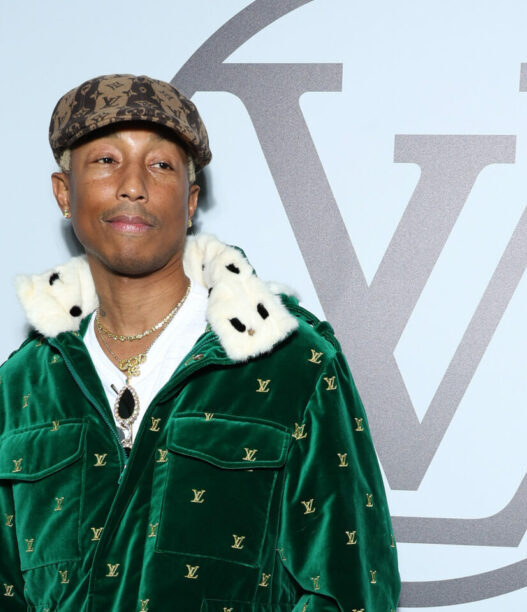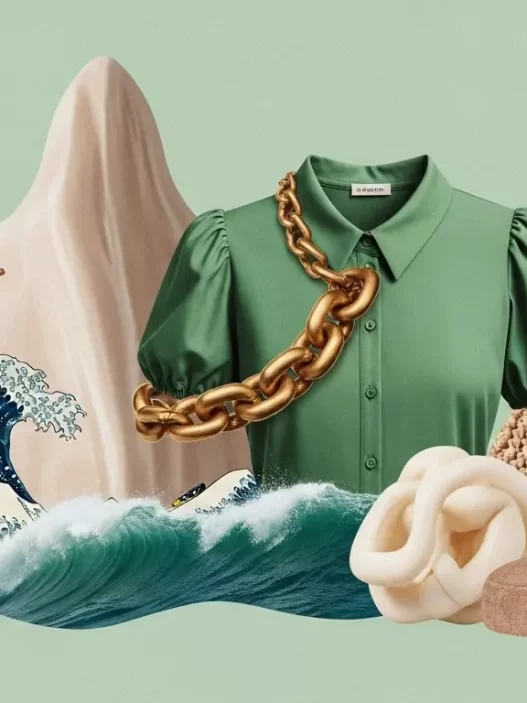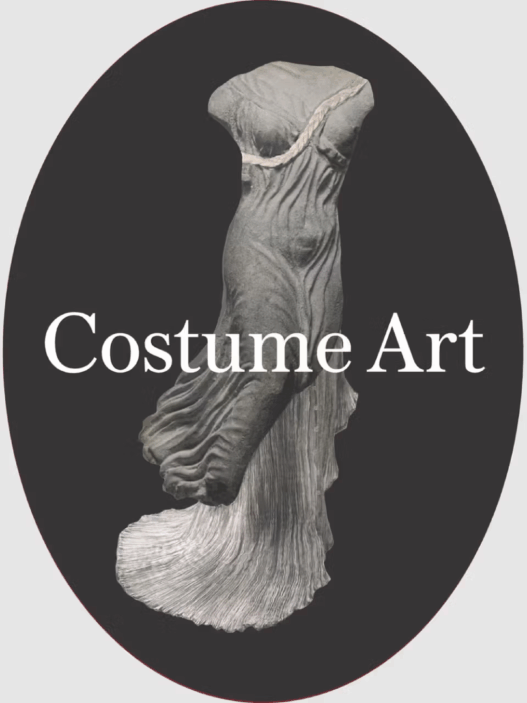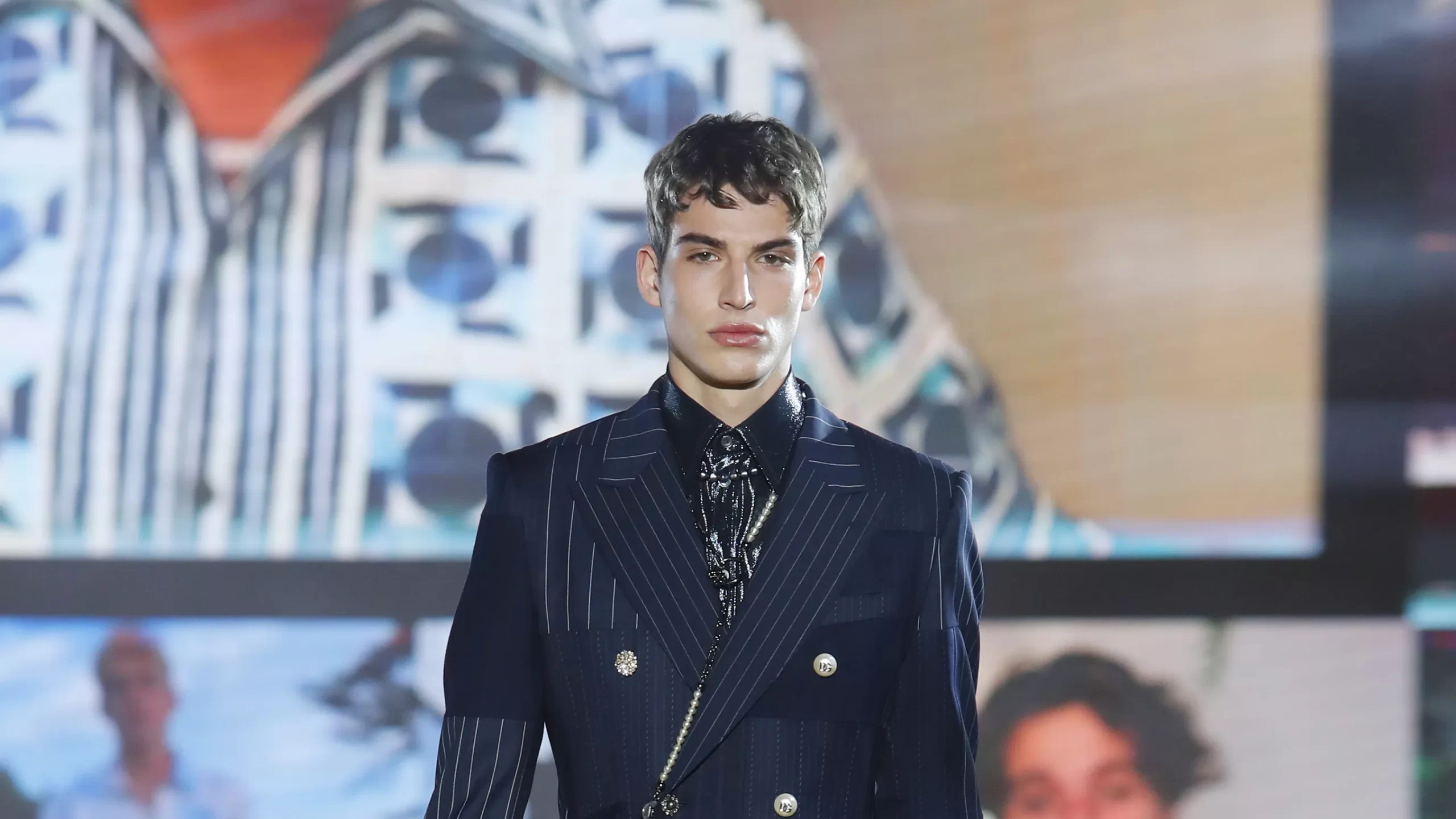Last night, the Victoria’s Secret Fashion Show returned; a splashy, highly anticipated event often dubbed the “Girls’ Super Bowl“, sort of how the Dyson is a woman’s equivalent to a PS5. After its 2019 cancellation and a much-hyped reboot in 2024, the world waited to see what the 2025 show would deliver: a promise of new inclusivity, viral stars, and global musical acts like TWICE, Madison Beer, Missy Elliott, and Karol G.
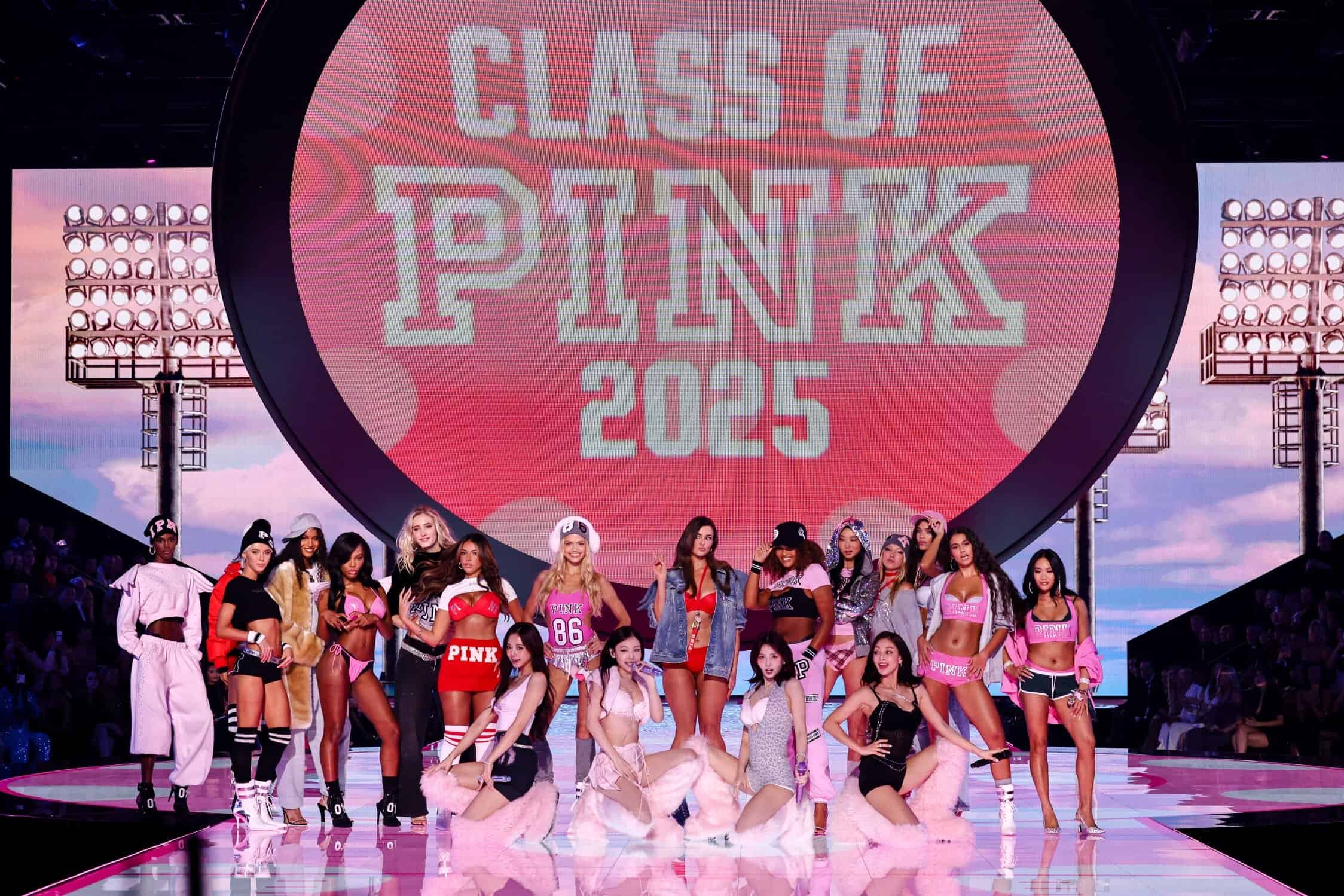
But as the glitter settled, one thing became clear: you just can’t please everyone.
The Show as a Mirror: Glamour, Grievances, and Growing Pains
Online reactions are a masterclass in contradiction. Last year, some fans mourned the loss of the old bombshell blowout hair and maximalist fantasy wings, yearning for the “impossible” glamour of past Angels. And then they cheered for this year’s comeback looks and relatable moments while simultaneously slamming them for “cheapening” the show’s reputation.
Want more sparkle? You’ll get a complaint about excess.
Miss the sparkle? The new wings are called lazy, and the fantasy bra isn’t expensive enough.
And the cast, oh the cast — which, remarkably, now includes athletes (Angel Reese), influencers (Gabriela Moura, Quenlin Blackwell), Olympic gold-medalists (Suni Lee), and legacy supermodels (Adriana Lima, Gigi Hadid, Anok Yai) — is an ongoing battleground. Last year, critics bemoaned influencers for taking space from “real” models; this year, some praise their presence while others doubled down, arguing that VS models should represent “unattainable” standards, a fantasy worth striving (and suffering) for.
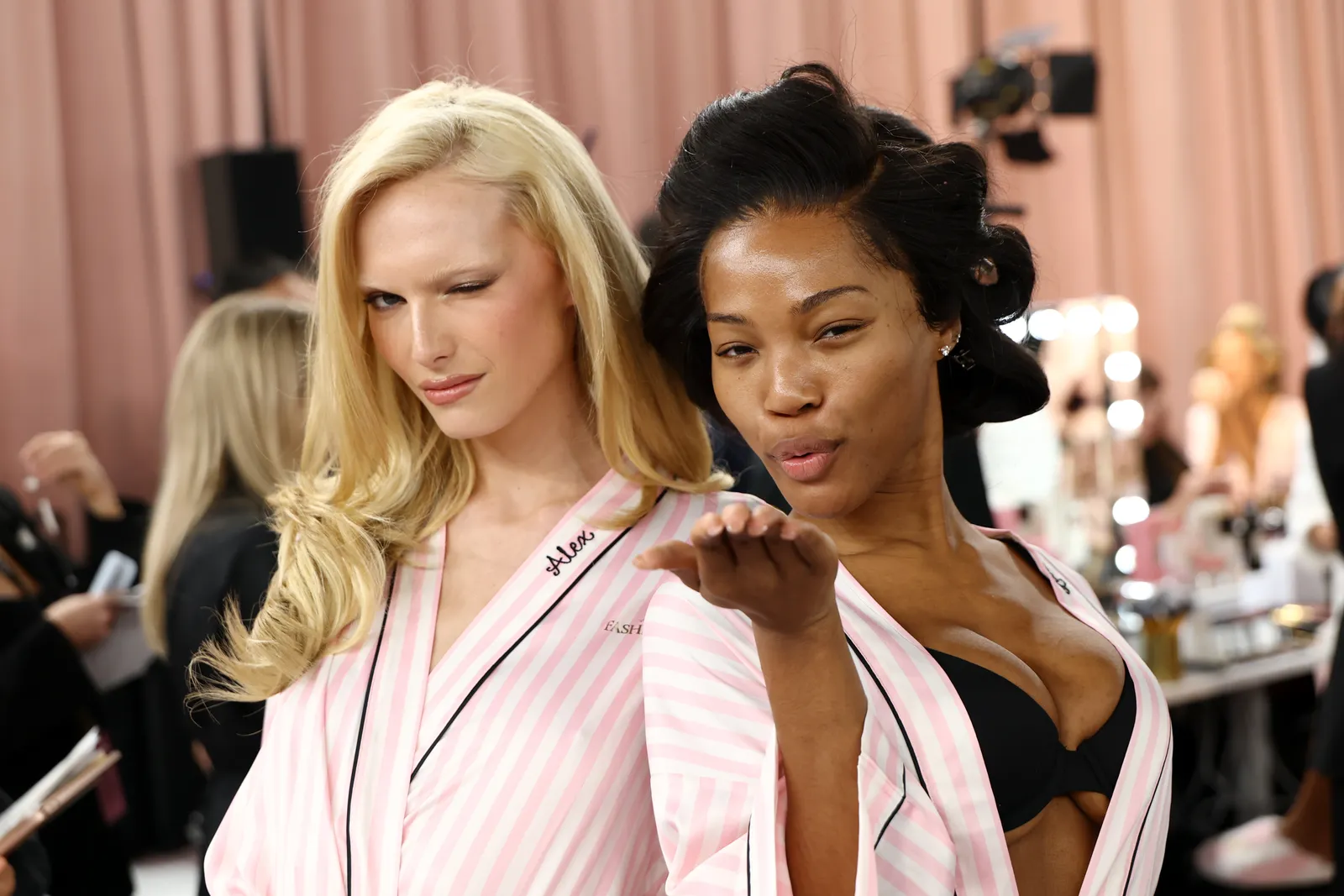
Music, Moments, and More: You Really Can’t Win
Music choices aren’t immune to this cycle. Madison Beer was lauded for fitting the historic VS aesthetic, but netizens wanted Tate McRae or Sabrina Carpenter for “perfect” pop vibes. Some fans were excited for TWICE’s crossover performance, but harsh criticism followed, particularly of the group’s live vocals.
It’s a pattern: last year, a group was slammed, this year they’re praised, next year the cycle repeats. Who knows what will happen?
Frustratingly, even wholesome moments fuel the discourse, like the tradition of Dylan Sprouse supporting his partner Barbara Sprouse from the front row, generating both awws and eye-rolls about “performative support”. Emma Beddington was right, advice pollution is a real thing.
The Real Issue: Societal Discontent and Shifting Standards
At its core, the fashion show’s controversy isn’t just about the models or the music. It’s about society’s ever-shifting yardsticks and the digital age’s appetite for debate. The runway becomes a lightning rod for bigger tensions: beauty standards, inclusivity, authenticity, and the fantasy that someone somewhere can finally “get it right.”
When VS focused on a single type of body, tall, ultra-thin, and white, there was rightful outrage about exclusion. Now, with more racial diversity and incremental size representation, some argue it’s not enough, while others claim the brand has lost its aspirational identity. The same crowd that called for change demands tradition; those who loved the old models want more from the new. It’s not just fashion; it’s a reflection of our societal ambivalence about progress.

The Takeaway: Pleasing Everyone is a Mirage
Digital culture amplifies these contradictions. Social feeds and comment sections cycle between nostalgia for the “glory days” and applause for disruption, backlash against inclusivity and campaigns for relatability, praise and vitriol often aimed at the same moment. Each change sparks both celebration and crisis.
Victoria’s Secret, like many cultural institutions, is stuck in a feedback loop: evolve and face backlash, stay stagnant and risk irrelevance. The real answer isn’t about lace, wings, or who walks the runway. It’s about the impossibility of meeting the needs of every audience, and the potential beauty in embracing imperfection, open-ended progress, and representation that’s almost always “not enough yet.”
The 2025 fashion show isn’t a verdict on Victoria’s Secret alone; it’s an ongoing conversation about what society wants, expects, and demands. For now, it seems pleasing everyone is beyond anyone’s reach, but maybe the dialogue itself is the point.



